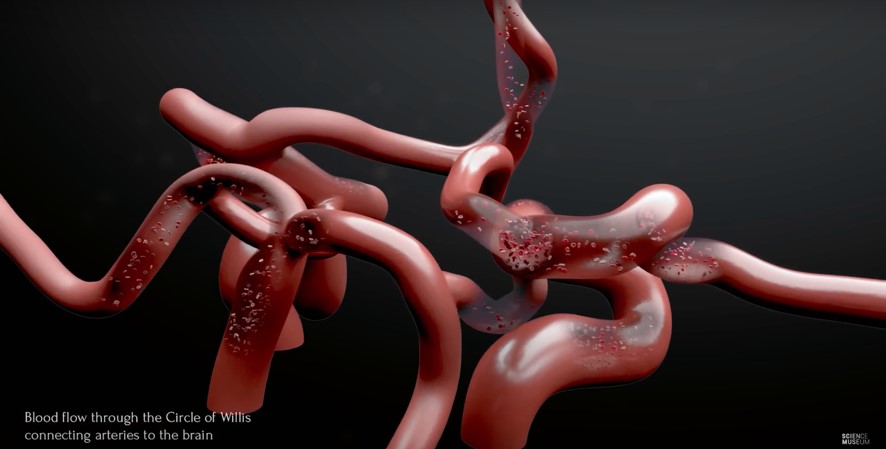Software Project
HemeLB, developed by the team of Prof Peter Coveney at University College London (UK), is a software pipeline that simulates the blood flow through a stent (or other flow diverting device) inserted in a patient’s brain. The aim is to discover how different stent designs (surface patterns) affect the stress the blood applies to the blood vessel, in particular in the region of the aneurysm being treated. The pipeline also allows the motion of magnetically steered particles, for example coated with drugs, to be simulated and estimates made as to where they might statistically end up. The HemeLB setup tool voxelises the geometry at the given resolution, and HemeLB (lattice-Boltzmann CFD solver) then simulates the fluid flow within that geometry, using the given velocity-time profiles for each inlet. Once complete, the simulation output is analysed using the hemeXtract utility, which can produce images of cross-sectional flow, or 3D shots of wall shear stress distribution in the geometry using ParaView visualisation software. HemeLB is installed, optimised, and available for use to any user with a valid account and CPU-time on ARCHER, Cartesius, SuperMUC, Prometheus and Blue Waters. The UCL team also provide consulting to biomedical companies and clinical users.
Offered By
Use scenario
Open Source software used primarily in academia. Clinical research; Clinical decision support; In silico clinical trial.
HPC motivation
Solve unreducible model.
Relevant links
Related Articles
- Mazzeo MD, Coveney PV. HemeLB: A high performance parallel lattice-Boltzmann code for large scale fluid flow in complex geometries. Computer Physics Communications 178 (2008) 894-914.
- Itani MA, Schiller UD, Schmieschek S, Hetherington J, Bernabeu MO, Chandrashekar H, et al. An automated multiscale ensemble simulation approach for vascular blood flow. Journal of Computational Science 9 (2015) 150-155.
- Patronis A, Richardson RA, Schmieschek S, Wiley BJN, Nash RW, Coveney PV. Frontiers in Physiology (2018) – Accepted
 |
 |

